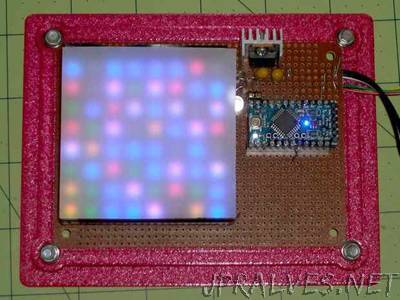
In the presented example, the selected data type is a byte, which stores integers in the range from 0 to 250. But, first, let’s look at examples with different data types. The random (min, max) function allows you to return a pseudorandom number in the range given by min and max values.Arduino Uno / Arduino Nano / Arduino Mega.This is a great solution, by the way! We call randomSeed(micros()) and that’s it.Ĥ Final Words Arduino Random Number Generation Using random() If the device interacts somehow with the external world, or even the user, then you can feed randomSeed the current time since the start of the program, i.e., millis() or micros() functions when some hardware random events happen (button presses, sensor actuation, data acceptance, etc.).Set a random number in randomSeed() when running the program.
RANDOM ARDUINO HOW TO
How to generate random numbers so that the sequence is new every time? There are options:

Value is any number of unsigned long types, so we have 2^32 (4,294,967,295) sets of pseudorandom numbers on the Arduino.
RANDOM ARDUINO GENERATOR

By submitting a manuscript, the authors agree that the copyright The article for publication the authors agree that the publishers have the legal right to take appropriate action against theĪuthors, if plagiarism or fabricated information is discovered. Plagiarism is strictly forbidden, and by submitting Must be reported, and copyright permission for reproduction must be obtained. Furthermore, any data, illustration, structure or table that has been published elsewhere


It is a condition of publication that manuscripts submitted to this journal have not been published and will not be simultaneously The Bentham Editorial Policy on Article Withdrawal can be found at The article has been withdrawn at the request of the authors of the journal International Journal of Sensors, Wireless Communicationsīentham Science apologizes to the readers of the journal for any inconvenience this may have caused.


 0 kommentar(er)
0 kommentar(er)
